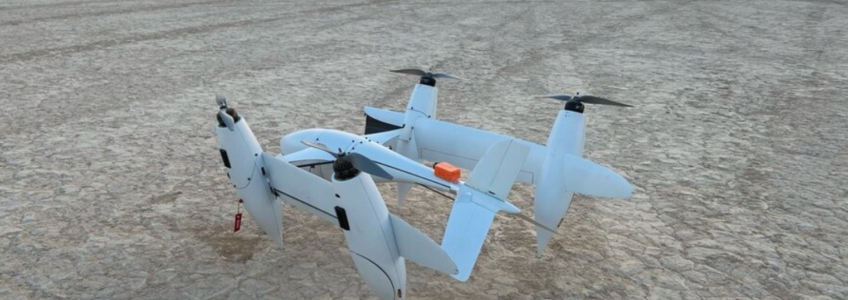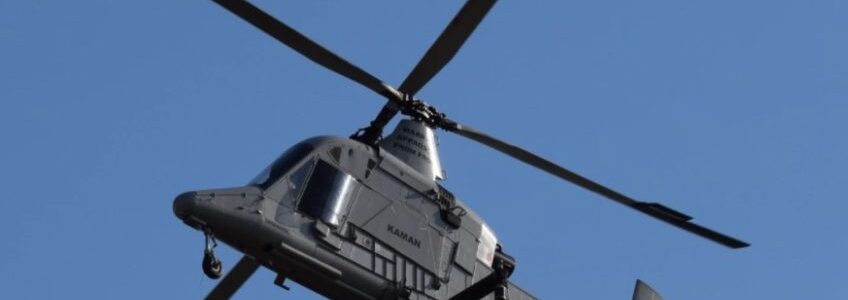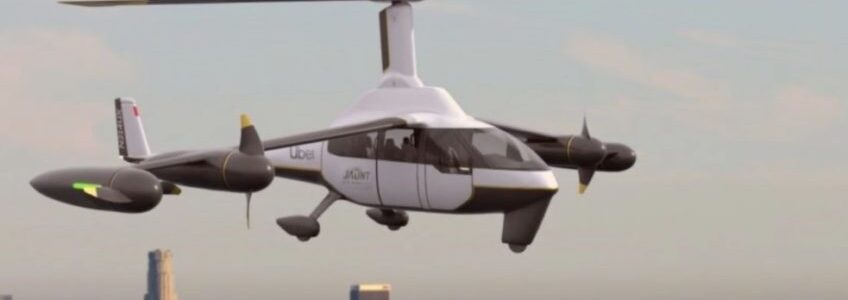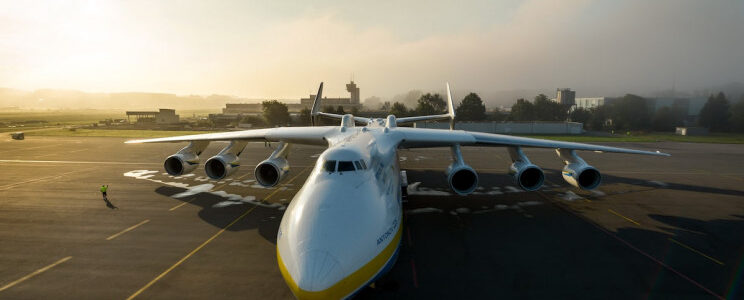Since PRV Engineering provides specialist services to the aerospace sector, we like to share all the latest news and interesting updates from around the world. Few stories are as exciting as the new mid-sized liquid hydrogen plane that can fly anywhere in the world with only one stop for refuelling.
We are in for an exciting time in aviation as the world’s first unmanned helicopter has taken flight. Introducing the K-MAX TITAN from Kaman Air Vehicles, a division of Kaman Aerospace Corporation. They’ve successfully launched a maiden flight of the world’s first heavy-lift unmanned helicopter for the commercial market. Keep reading as you’ll want to watch the fascinating video from Kaman.
Decarbonising The Aviation Sector: Electric vs Hydrogen Aircraft
We harnessed the power of flight more than a century ago when Wilbur and Orville Wright achieved the first powered, sustained and controlled aeroplane flight. Over time, this technology advanced allowing people to connect from all over the world fast than ever. However, this form of transport relies entirely on fossil fuels and that’s not a sustainable, long-term solution. If we are to succeed in decarbonising the aviation sector, we need another plan but will it be electric planes or hydrogen aircraft?
There hasn’t been much to celebrate in the aviation sector since the pandemic grounded flights across the world, almost bringing it to a standstill. However, there is something to look forward to in a post-Covid world and that is supersonic passenger aircraft.
The world of aviation and aerospace engineering is one of the most interesting with the latest technologies coming to the fore. One such example is the Defiant X advanced assault helicopter from Boeing and Lockheed Martin set to replace the stalwart UH-60 Black Hawk.
A few weeks ago we wrote about the Flying-V hydrogen jetliner concept that showed great promise for greener aviation. Well, if you thought that was impressive, wait until you see this new hybrid-electric plane concept. It can reportedly capture 95% of the plane’s harmful nitrogen oxide emissions using an emissions control system adaptation.
Earlier this year TU Delft successfully launched a scale model of its Flying V jetliner. This new future-ready aeroplane is the epitome of next-gen aerospace engineering showing better fuel efficiency and an interesting design.

The aviation industry may be experiencing a lull in light of COVID-19 flight restrictions but that hasn’t stopped the world’s largest aircraft. Aviation enthusiasts now have something to be excited about as the Antonov AN-225 cargo plane took to the skies over Ukraine. Flightradar24 tracked the Antonov AN-225 flying from its hub at Antonov Airport in Kiev, Ukraine.











Recent Comments